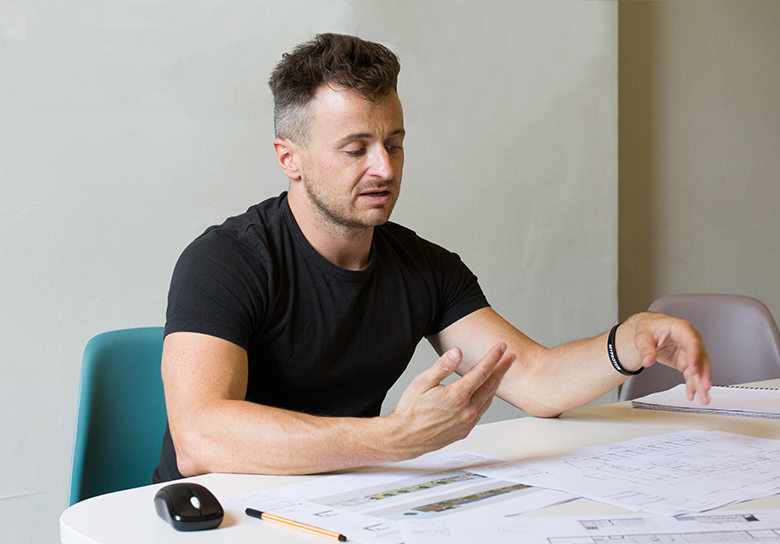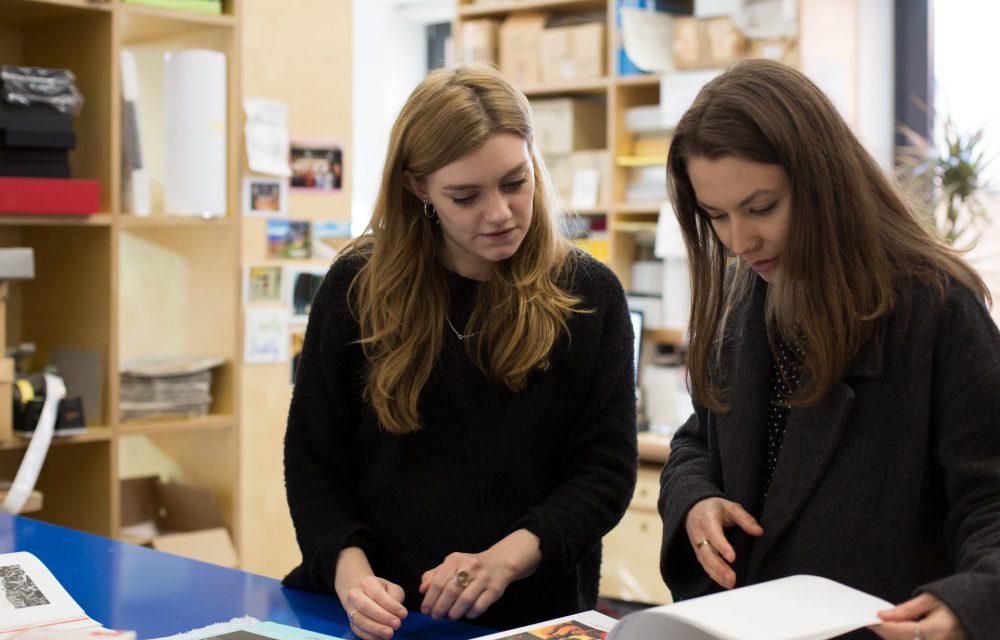As the debate rages surrounding Bristol’s tall building agenda, James Horner gives his opinion on how the city should move forward.

Tall buildings. Can’t live with them, can’t live without them. That’s the case in Bristol anyway, as the latest Urban Living Policy consultations are proving.
Some ask ‘Why aren’t we building tall?’, while others say ‘Bristol has a special character that shouldn’t be damaged’. However, the fact we need to increase our housing density to tackle rising affordability and availability issues is something we can all agree on.
As a city, we’ve always done things differently, and it’s rarely straightforward. As previous mayor George Ferguson said: ‘Bristol is a laboratory for change’. We don’t have a culture of building particularly tall and where we have they sit as islands, unrelated to their surroundings. While that means we have a lack of quality examples to inspire us, it also provides a huge opportunity to do things differently. To challenge the status quo. To benefit the city. And, most importantly, improve the lives of our people and our communities.

In my opinion, tall buildings should be seen as an important weapon in Bristol’s urban design arsenal. They needn’t, as older examples, be considered monstrosities. But instead they should be open and outward facing. And, as with any project, we should start with defining the most intelligent mix of uses so we can use the building as a catalyst for shaping future places.
Are they designed just for living, or are we going to be smart and really create something for everyone? A rich addition to the city would consider live/work units (we know their success at Paintworks Phase III), or providing retail space, food markets, cafes, collaborative workhubs and community space, such as at Filwood Green Business Park.





We also need to understand who takes on the stewardship role, how the building can be designed to enhance our wellbeing, and ensure they are adaptable for future change. Developments such as Lendlease’s Elephant Park give indications of what can be achieved by asking these questions.
We know that many developers are looking at Bristol as a potential growth market, so we need to be confident that what we build protects and enhances Bristol’s unique character. In cities where tall buildings predominate, it becomes a competition to build higher and higher in more eye catching ways, with snappy titles and glossy brochures. Clearly it helps that the building is financially attractive and memorable, but success for Bristol is far wider than that.
Our challenge is to simultaneously create a building that has great facilities for its inhabitants, offers something for visitors, and keeps the shareholders happy. We know new buildings are needed, and we have the potential to build on the creativity and culture of Bristol with development that are as rich as the city itself. Let’s not waste it with profit over people.
James has been helping to set up a joint FFT Western/Women In Property Tall Building Breakfast Seminar which will be held on 10th July. The event will be sponsored by Stride Treglown and WSP.